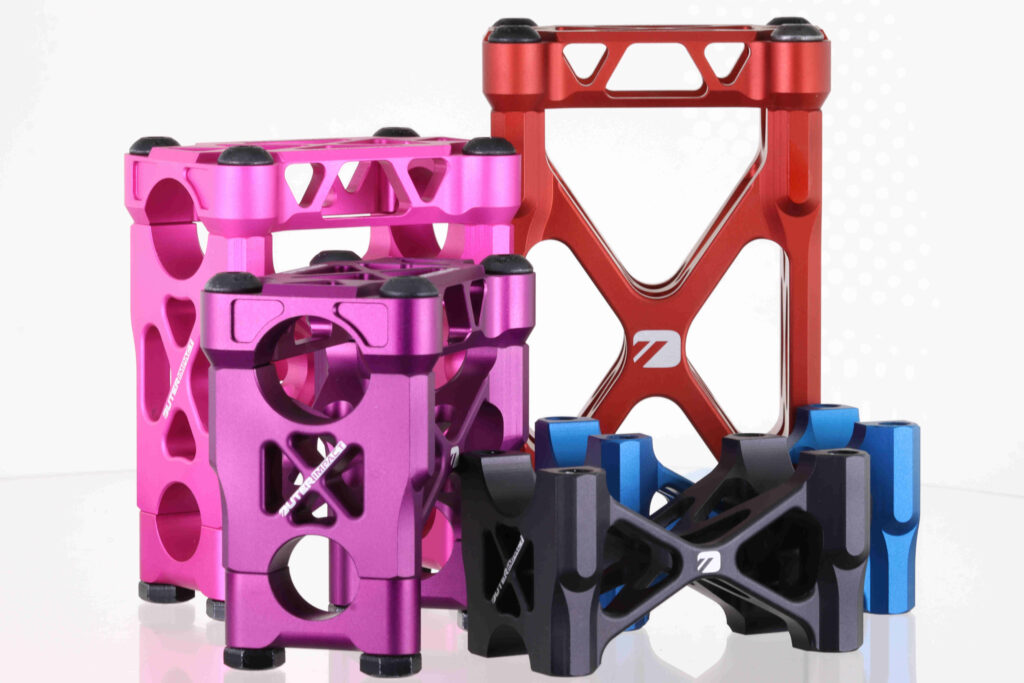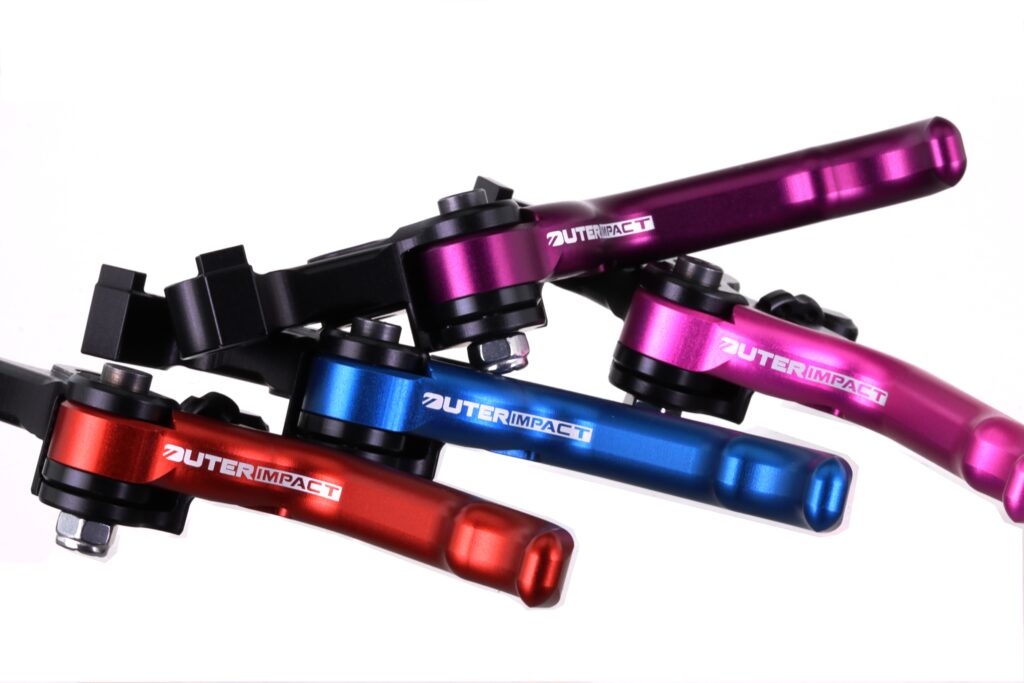How To Identify Avalanche Terrain and Warning Signs: Snowmobiling Safely in Snowy Landscapes
Introduction: Snowmobiling Safely
Snowmobiling in mountainous terrain offers breathtaking views and thrilling adventures, but it also comes with risks, particularly the danger of avalanches. Understanding avalanche terrain and recognizing warning signs is crucial for staying safe while exploring snowy landscapes. In this guide, we’ll cover how to identify avalanche terrain and recognize warning signs to minimize your risk of avalanche accidents while snowmobiling. OuterImpact produces the finest precision machined billet aluminum brake levers and handlebar risers with a Lifetime Warranty.

Avalanche Terrain Features
Avalanche terrain refers to areas where avalanches are more likely to occur due to specific characteristics of the terrain. Here are some common features of avalanche terrain:
| Terrain Feature | Description |
| Steep Slopes | Slopes steeper than 30 degrees are more prone to avalanches. |
| Convex Slopes | Bulging or convex slopes can accumulate snow and increase avalanche risk. |
| Gullies and Chutes | Narrow terrain features such as gullies and chutes can funnel snow and trigger avalanches. |
| Cornices | Overhanging snow formations on ridgelines are unstable and can break off, causing avalanches. |
| Terrain Traps | Depressions, cliffs, or obstacles at the bottom of slopes can trap and bury riders in avalanches. |
Avalanche Warning Signs
Recognizing warning signs of potential avalanche activity is crucial for assessing risk and making informed decisions while snowmobiling. Here are some common avalanche warning signs to watch out for:
| Warning Sign | Description |
| Recent Avalanches | Evidence of recent avalanches indicates unstable snowpack and increased risk. |
| Cracks in Snow Surface | Cracks or “whumpfing” sounds indicate weak layers in the snowpack and potential instability. |
| Recent Loading | Recent snowfall, wind deposition, or rain can add weight to the snowpack and increase avalanche risk. |
| Rapid Temperature Changes | Rapid temperature fluctuations can weaken the snowpack and increase avalanche danger. |
| Signs of Instability | Collapsing snow, shooting cracks, or audible “whumpfing” sounds are signs of unstable snowpack conditions. |
Assessing Avalanche Risk
Assessing avalanche risk involves considering various factors, including terrain, weather, and snowpack conditions. Here’s how to assess avalanche risk before and during your snowmobiling trip:
- Check Avalanche Forecasts: Consult local avalanche forecasts and bulletins to understand current avalanche conditions and risk levels.
- Evaluate Terrain: Identify avalanche terrain features and avoid high-risk areas with steep slopes, convex terrain, and gullies.
- Test Snowpack Stability: Conduct stability tests such as shovel shear tests or snowpit analyses to assess snowpack stability.
- Monitor Weather Conditions: Pay attention to weather forecasts and recent weather patterns, including temperature, wind, and precipitation.
Safe Travel Practices
To minimize your risk of avalanche accidents while snowmobiling, follow these safe travel practices:
- Travel in Groups: Always ride with a partner or group and maintain visual contact to assist in case of emergencies.
- Carry Essential Safety Gear: Equip yourself with avalanche safety gear, including transceivers, probes, shovels, and avalanche airbags.
- Practice Safe Route Selection: Choose low-risk routes and avoid traveling on or underneath steep slopes, especially during periods of heightened avalanche danger.
- Stay Informed: Continuously monitor avalanche conditions and communicate with other riders to make informed decisions while on the trail.

Conclusion
Identifying avalanche terrain and recognizing warning signs are essential skills for staying safe while snowmobiling in mountainous terrain. By understanding the features of avalanche terrain, recognizing warning signs of potential avalanche activity, and assessing avalanche risk before and during your trip, you can minimize your risk of avalanche accidents and enjoy your snowmobiling adventures safely. OuterImpact is very supportive of safety and avalanche awareness. We recommend following Duncan Lee as well as the American Institute for Avalanche Research and Education (AIARE). We support the Payette Avalanche Center and take classes with Bret Rasmussen. We only take highly calculated risks and carry the correct gear.
